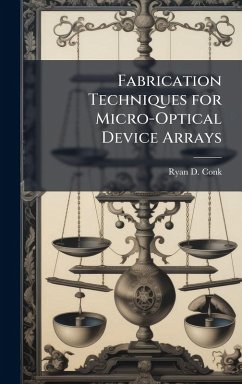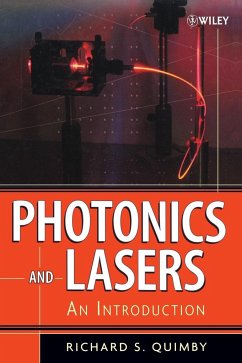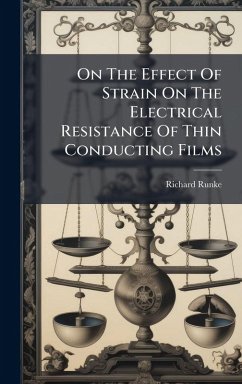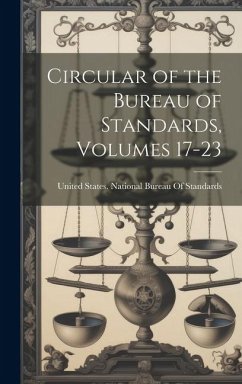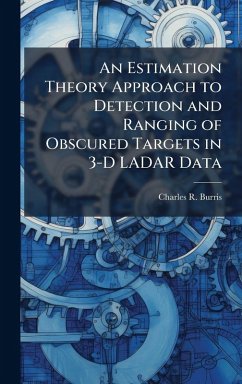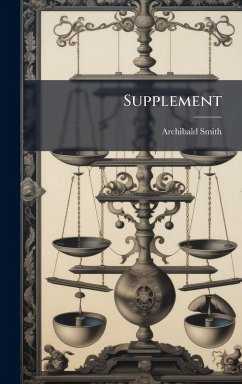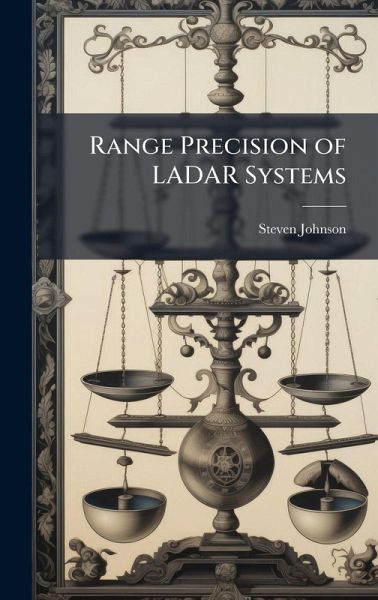
Range Precision of LADAR Systems
Versandkostenfrei!
Versandfertig in über 4 Wochen
29,99 €
inkl. MwSt.
Weitere Ausgaben:

PAYBACK Punkte
15 °P sammeln!
A key application of Laser Detection and Ranging (LADAR) systems is measurement of range to a target. Many modern LADAR systems are capable of transmitting laser pulses that are less than a few nanoseconds in duration. These short-duration pulses provide excellent range precision. However, randomness in the detected laser signals places limits on the precision. The goal of this dissertation is to quantify the range precision limits of LADAR systems. The randomness in the time between photon arrivals, which is called shot noise, is discussed in depth. System-dependent noise sources such as dark...
A key application of Laser Detection and Ranging (LADAR) systems is measurement of range to a target. Many modern LADAR systems are capable of transmitting laser pulses that are less than a few nanoseconds in duration. These short-duration pulses provide excellent range precision. However, randomness in the detected laser signals places limits on the precision. The goal of this dissertation is to quantify the range precision limits of LADAR systems. The randomness in the time between photon arrivals, which is called shot noise, is discussed in depth. System-dependent noise sources such as dark current and detector gain variation are considered. The e ect of scene-dependent parameters including background light, target obscuration, and target orientation is also discussed. Finally, noise mitigation strategies such as pulse averaging and gain equalization are described and tested on simulated and real LADAR data. This work has been selected by scholars as being culturally important, and is part of the knowledge base of civilization as we know it. This work was reproduced from the original artifact, and remains as true to the original work as possible. Therefore, you will see the original copyright references, library stamps (as most of these works have been housed in our most important libraries around the world), and other notations in the work. This work is in the public domain in the United States of America, and possibly other nations. Within the United States, you may freely copy and distribute this work, as no entity (individual or corporate) has a copyright on the body of the work. As a reproduction of a historical artifact, this work may contain missing or blurred pages, poor pictures, errant marks, etc. Scholars believe, and we concur, that this work is important enough to be preserved, reproduced, and made generally available to the public. We appreciate your support of the preservation process, and thank you for being an important part of keeping this knowledge alive and relevant.




